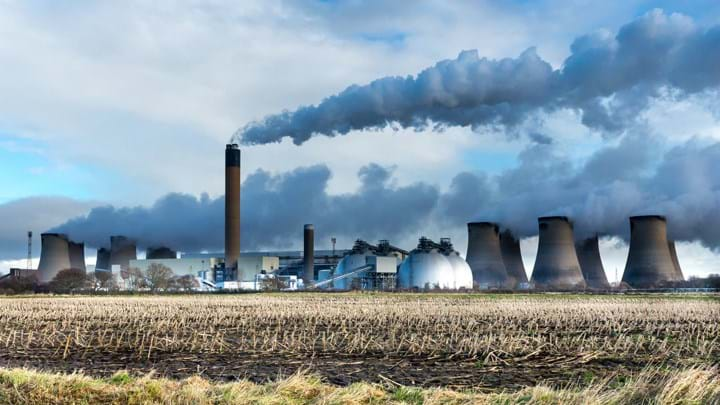Drax plans carbon removal business as auditor airs biomass sustainability concerns
DRAX is launching a new business focused on building power plants that burn biomass, capture the emissions (BECCS), and then sell the resulting carbon removal credits. The launch follows hot on the heels of the UK government approving the use of CCS at two biomass-burning units at Drax’s massive Selby plant in Yorkshire but comes alongside doubts from the national auditor whether burning biomass is sustainable.
Drax will launch its new business later this year and wants to build new BECCS plants around the world capable of removing at least 6m t/y of CO2 from the atmosphere. Trees, which absorb CO2 from the atmosphere as they grow, are cut down and combusted and the resulting emissions are captured and stored to prevent them from reaching the atmosphere. For every ton of CO2 captured, Drax would then sell a carbon removal credit on the open market to companies looking to offset their emissions.
Will Gardiner, Drax Group CEO, said: “The new entity will bring focus and will scale the company’s ability to deliver carbon removals to organisations looking to reduce their carbon footprints. Delivering the ambitious targets will see the new entity become a leader in the growing carbon trading market.”
Sustainability doubts
The benefits to Drax are obvious – it gets paid for the power it produces and the credits. Yet there are questions as to whether the process is sustainable, a key concern given that biomass generated 11% of UK electricity in 2022 and is a pillar of the government’s climate plans. The UK’s National Audit Office (NAO) warned in January that the government cannot demonstrate its approach to making sure biomass burners comply with its sustainability requirements is adequate.
In 2021, 34% of the biomass burned in the UK was imported. This included 9m t of wood pellets, with around 60% arriving from the US, 18% from the EU, and 16% from Canada.
The government knows there is work to do. Last year, alongside the publication of its biomass strategy, energy minster Graham Stuart noted a consultation will be launched to ensure that the biomass, which government wants to play a major role in building a green economy, is sustainably sourced.
Gareth Davies, head of the NAO, has now warned: “If biomass is going to play a key role in the transition to net zero, the government needs to be confident that the industry is meeting high sustainability standards. However, government has been unable to demonstrate its current assurances are adequate to provide confidence in this regard. Government must review the assurance arrangements for these schemes, including ensuring that it has provided adequate resources to give it assurance over the billions of pounds involved.”

Between 2002 and 2023, Drax received £6.5bn (US$8.2bn) from government and consumers to support its biomass projects. This included support for the Selby power station which has four 645 MW biomass-fired units. Earlier this month, the government approved a proposal to add post-combustion capture to two of those four units which together would capture 8m t/y. The technology will achieve 95% capture efficiency and the government said it agreed with the planning inspectorate that over its lifetime the project would lead to negative emissions.
Credit credibility
Ember, an energy think tank, expects that taxpayer funding for Drax will continue once government support for unabated biomass burning ends in 2027. It predicts that a new subsidy could cost the public more than £43bn over 25 years.
Last month, the Parliamentary Office of Science and Technology (POST) published a detailed briefing note on carbon credits pointing out that their purchase is unregulated and that businesses need guidance on what activities it is appropriate to offset. The UK’s Climate Change Committee has urged the government to put in place stronger guidance, regulation, and standards to ensure the purchase of carbon credits is not used as a substitute for direct emissions reduction.
Recent Editions
Catch up on the latest news, views and jobs from The Chemical Engineer. Below are the four latest issues. View a wider selection of the archive from within the Magazine section of this site.




